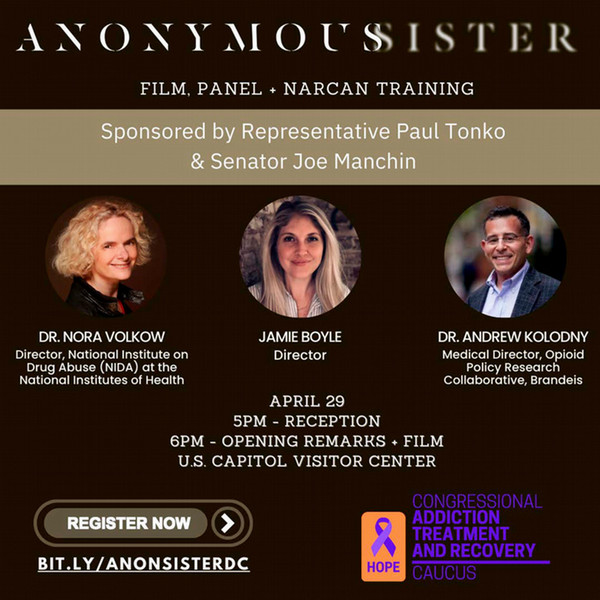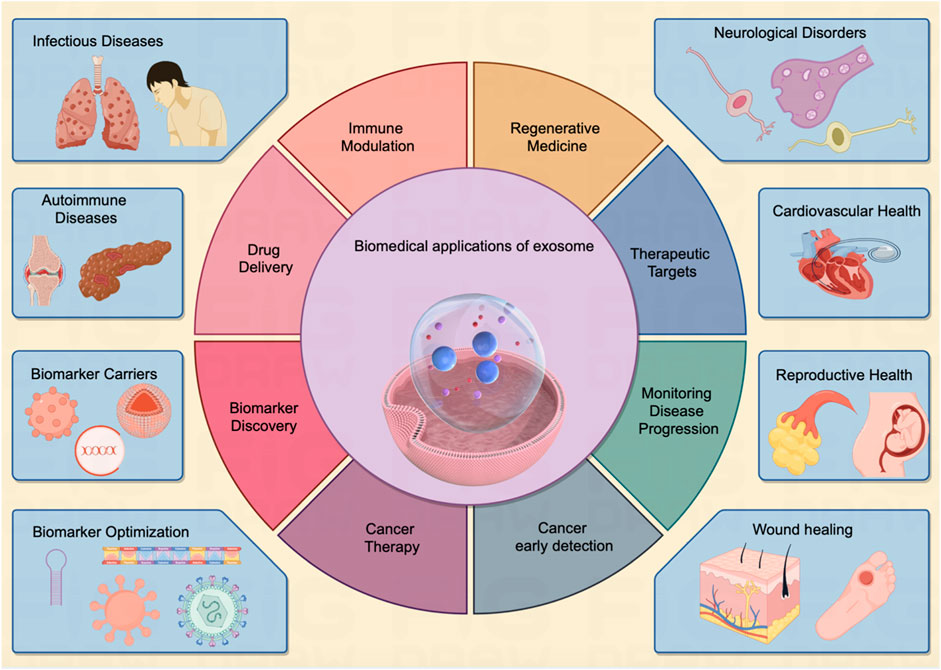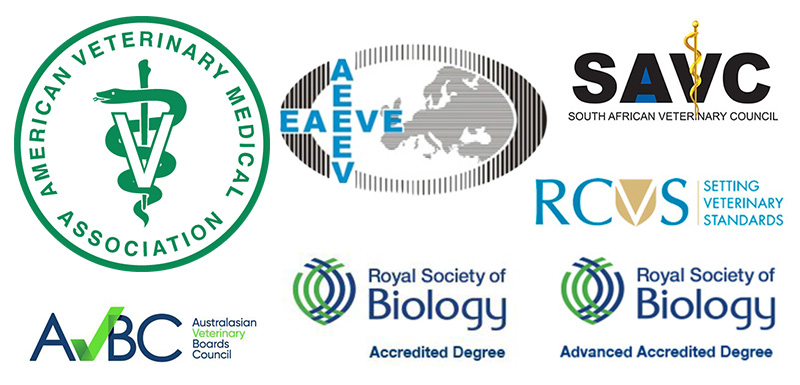Report on Violence Against Public Health Workers and its Implications for Sustainable Development Goals
Executive Summary
A recent series of violent attacks against public health institutions and personnel in the United States highlights a critical threat to national and global progress on the Sustainable Development Goals (SDGs). The shooting at the Centers for Disease Control and Prevention (CDC) headquarters is a stark manifestation of a broader trend fueled by misinformation and the erosion of public trust. This report analyzes these events through the lens of SDG 3 (Good Health and Well-being), SDG 16 (Peace, Justice and Strong Institutions), and SDG 8 (Decent Work and Economic Growth), and provides recommendations to mitigate these threats.
Analysis of Incidents and Systemic Threats
Direct Assaults on Public Health and Safety
A pattern of escalating violence targeting the health sector directly undermines the foundational principles of SDG 3, which aims to ensure healthy lives and promote well-being for all. Recent events include:
- CDC Headquarters Attack (August 2025): A fatal shooting at the CDC headquarters in Atlanta, reportedly motivated by anti-vaccine sentiment, resulted in the death of a police officer. This attack represents a direct assault on a critical public health institution responsible for disease prevention and control.
- UPMC Memorial Hospital Shooting (February 2025): An attack at a Pennsylvania hospital left one police officer dead and injured multiple healthcare workers, demonstrating the vulnerability of frontline health settings.
- Murder of UnitedHealthcare CEO (December 2024): The targeted killing of a healthcare executive, followed by online rhetoric justifying the violence, indicates a normalization of aggression against the health system.
This trend of violence creates an environment of fear, impeding the ability of health professionals to perform their duties and threatening the resilience of the entire public health infrastructure.
Erosion of Institutional Trust: A Challenge to SDG 16
SDG 16 calls for effective, accountable, and inclusive institutions. The climate enabling these attacks is characterized by a systemic erosion of public trust, fueled by misinformation and inflammatory rhetoric from influential figures. This directly contravenes the goals of SDG 16.
Key Factors Undermining Institutional Integrity:
- Leadership Failures: A delayed and tepid condemnation of the CDC attack by the Health and Human Services Secretary deepened a sense of abandonment among public health workers. Furthermore, official statements defunding mRNA vaccine research based on false claims actively erode public confidence in scientific institutions.
- Dehumanizing Rhetoric: Statements from high-level officials, such as a senior FDA appointee referring to public health figures with venomous language, contribute to a culture of dehumanization. This rhetoric portrays health professionals as malicious actors, which can incite real-world violence.
- Global Precedent (Samoa Measles Outbreak, 2019): The spread of anti-vaccine misinformation during the Samoan measles crisis, allegedly amplified by figures like RFK Jr., was linked to a sharp drop in vaccination rates and the deaths of 83 people, mostly children. This serves as a case study for how undermining trust in health institutions leads to catastrophic public health failures, directly impeding progress on SDG 3 targets for child mortality and communicable diseases.
Recommendations for Aligning with Sustainable Development Goals
To address this crisis and reaffirm commitment to the SDGs, the following actions are necessary:
- Strengthen Institutional Accountability and Public Trust (SDG 16): Government leadership must forcefully condemn all violence and rhetoric that vilifies public health professionals. Leaders must actively affirm the value of science-based public health to rebuild the trust necessary for effective and inclusive institutions.
- Promote Safe and Secure Work Environments (SDG 8 & SDG 3): The safety of healthcare workers is a prerequisite for both decent work (SDG 8, Target 8.8) and a functioning health system (SDG 3). Congress should pass the Workplace Violence Prevention for Health Care and Social Service Workers Act to mandate comprehensive safety plans, training, and protections in all healthcare settings.
- End Scapegoating to Foster Peaceful and Inclusive Societies (SDG 16): Leaders must cease misdirecting public frustration toward the health professionals working to solve systemic challenges. Demonizing scientists and public health agencies is a barrier to peaceful societies and delays the implementation of effective health solutions.
- Invest in Evidence-Based Solutions for Public Health and Safety (SDG 3 & SDG 16): Addressing gun violence as a public health emergency, as declared in 2024, requires dedicated funding for research and prevention strategies. This aligns with SDG 3’s goal of reducing mortality and SDG 16’s goal of significantly reducing all forms of violence. Investment in solutions, rather than rhetoric, is essential to protect both public health workers and the communities they serve.
Analysis of Sustainable Development Goals (SDGs) in the Article
SDG 3: Good Health and Well-being
- The article is fundamentally about public health. It discusses the Centers for Disease Control and Prevention (CDC), the impact of anti-vaccine sentiment on public health efforts (like the Covid-19 vaccine and the measles outbreak in Samoa), and the safety of health workers. The core conflict revolves around trust in science-based public health versus misinformation that endangers community health.
SDG 8: Decent Work and Economic Growth
- The article directly addresses the safety and security of the workplace for health professionals. It highlights that “one in four nurses experiences workplace violence” and details attacks on health workers and institutions. The call to pass the “Workplace Violence Prevention for Health Care and Social Service Workers Act” is a direct appeal for safer working environments, which is a key component of decent work.
SDG 16: Peace, Justice, and Strong Institutions
- This goal is central to the article’s thesis. It details multiple forms of violence, including a shooting at the CDC headquarters, the murder of a police officer, a hospital shooting, and the murder of a CEO. It also discusses the erosion of trust in public institutions like the CDC, fueled by “misinformation, politicization, and inflammatory rhetoric” from influential leaders. The article argues that this rhetoric undermines effective and accountable institutions and leads to real-world violence, directly threatening peace and justice.
Identified SDG Targets
-
SDG 3: Good Health and Well-being
- Target 3.3: End the epidemics of communicable diseases. The article’s discussion of the measles outbreak in Samoa, where 83 people died after vaccination rates fell, and the broader context of anti-vaccine sentiment related to Covid-19, directly connects to the challenge of controlling communicable diseases.
- Target 3.d: Strengthen the capacity for early warning, risk reduction, and management of national and global health risks. The attack on the CDC, a primary institution for managing health risks, and the erosion of public trust in it, represent a direct threat to this capacity. The article states that such events “endanger lives” and undermine the “first line of defense in future crises.”
-
SDG 8: Decent Work and Economic Growth
- Target 8.8: Protect labor rights and promote safe and secure working environments for all workers. The article explicitly details the dangers faced by health workers, citing reports that “one in four nurses experiences workplace violence” and mentioning shootings at health facilities. The call to pass the “Workplace Violence Prevention for Health Care and Social Service Workers Act” is a specific action aimed at achieving this target.
-
SDG 16: Peace, Justice, and Strong Institutions
- Target 16.1: Significantly reduce all forms of violence and related death rates. The article is framed around violent events: the shooting at the CDC, the death of Officer David Rose, a shooting at UPMC Memorial Hospital, the murder of UnitedHealthcare CEO Brian Thompson, and the declaration of gun violence as a public health emergency with “over 48,000 gun-related deaths in 2022.”
- Target 16.6: Develop effective, accountable and transparent institutions at all levels. The article critiques the “delayed and tepid response” from the Health and Human Services Secretary and the “DOGE-led budget and staffing cuts” at the CDC. It argues that inflammatory rhetoric from leaders and officials erodes public confidence and undermines the effectiveness and accountability of public health institutions.
- Target 16.10: Ensure public access to information and protect fundamental freedoms. The central theme of misinformation versus science is key here. The article describes how “false claims” and “inflammatory rhetoric” from influential leaders “erode public confidence” and endanger lives by preventing the public from accessing reliable, science-based health information.
Implied Indicators for Measuring Progress
-
SDG 3: Good Health and Well-being
- Indicator related to Target 3.3: The article provides data for measuring progress on controlling communicable diseases by citing the measles outbreak in Samoa, where “83 people — most of them children under 5 — died after vaccination rates fell sharply.” A relevant metric is vaccination coverage rates and mortality rates from vaccine-preventable diseases.
-
SDG 8: Decent Work and Economic Growth
- Indicator related to Target 8.8 (specifically Indicator 8.8.1: Frequency rates of fatal and non-fatal occupational injuries): The article provides a direct statistic that can be used as an indicator: “The American Nurses Association reports that one in four nurses experiences workplace violence.” It also cites fatal injuries, such as the murder of a police officer at the CDC and a CEO, and injuries to multiple health care workers in a hospital shooting.
-
SDG 16: Peace, Justice, and Strong Institutions
- Indicator related to Target 16.1 (specifically Indicator 16.1.1: Number of victims of intentional homicide): The article provides specific data points for this indicator by mentioning the murder of Officer David Rose and UnitedHealthcare CEO Brian Thompson. It also provides a national statistic: “over 48,000 gun-related deaths in 2022.”
- Indicator related to Target 16.6 (specifically Indicator 16.6.2: Proportion of population satisfied with their last experience of public services): While not providing a direct number, the article implies a negative trend for this indicator. It describes CDC employees as “demoralized” and feeling “abandoned,” and notes how rhetoric from leaders has caused the public to “view health professionals as enemies rather than protectors,” which points to a significant decline in public trust and satisfaction with public health institutions.
Summary of Findings
| SDGs | Targets | Indicators |
|---|---|---|
| SDG 3: Good Health and Well-being |
|
|
| SDG 8: Decent Work and Economic Growth |
|
|
| SDG 16: Peace, Justice, and Strong Institutions |
|
|
Source: statnews.com







